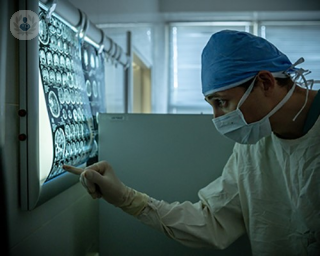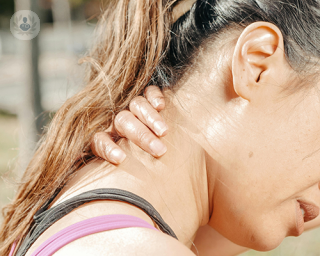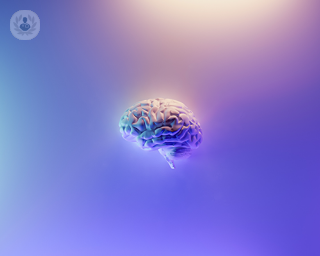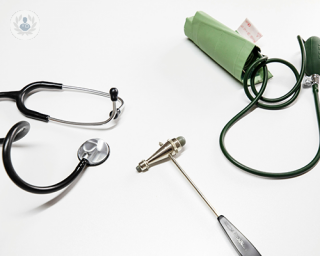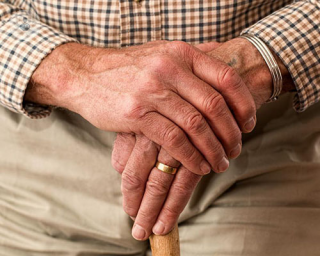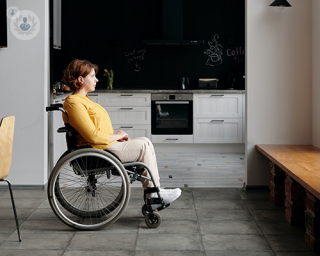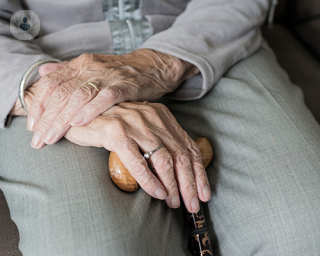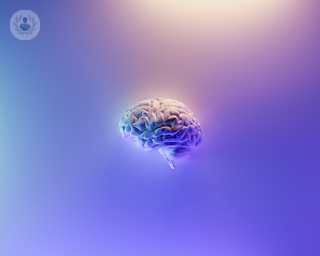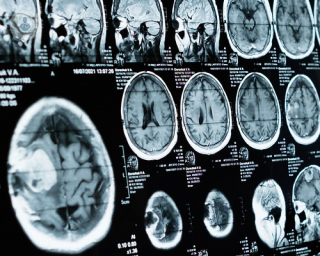
Redazione internazionale di Top Doctors
Neurologia
Neurorehabilitation following a TIA: What’s involved?
Transient ischaemic attack (TIA), often referred to as a mini-stroke, is a temporary interruption in blood flow to the brain, resulting in transient neurological symptoms. While TIAs typically resolve within 24 hours, they serve as warning signs of an increased risk of a full-blown stroke. Neurorehabilitation following a TIA plays a crucial role in minimising the risk of future strokes and optimising recovery. Leading consultant neurologist, stroke and rehabilitation physician Dr Arvind Chandratheva who practises at the Cleveland Clinic Rehabilitation Unit, has provided a detailed guide about this process, below.

